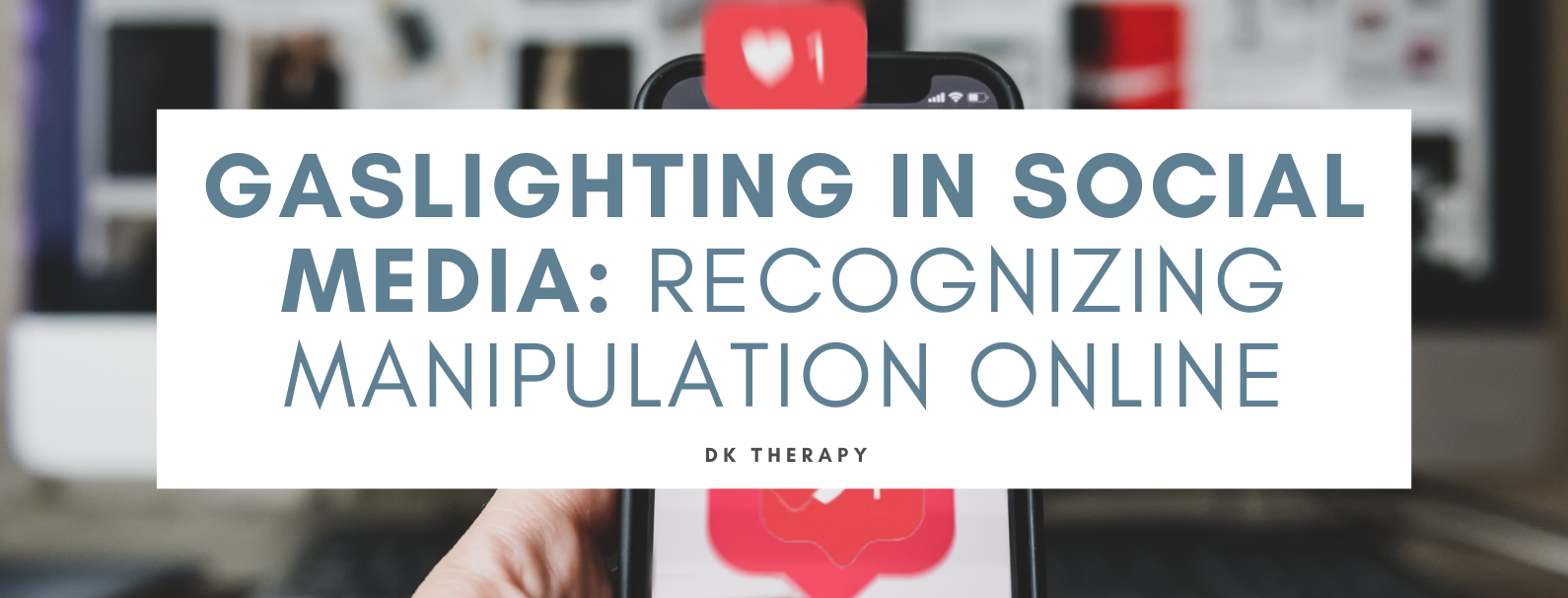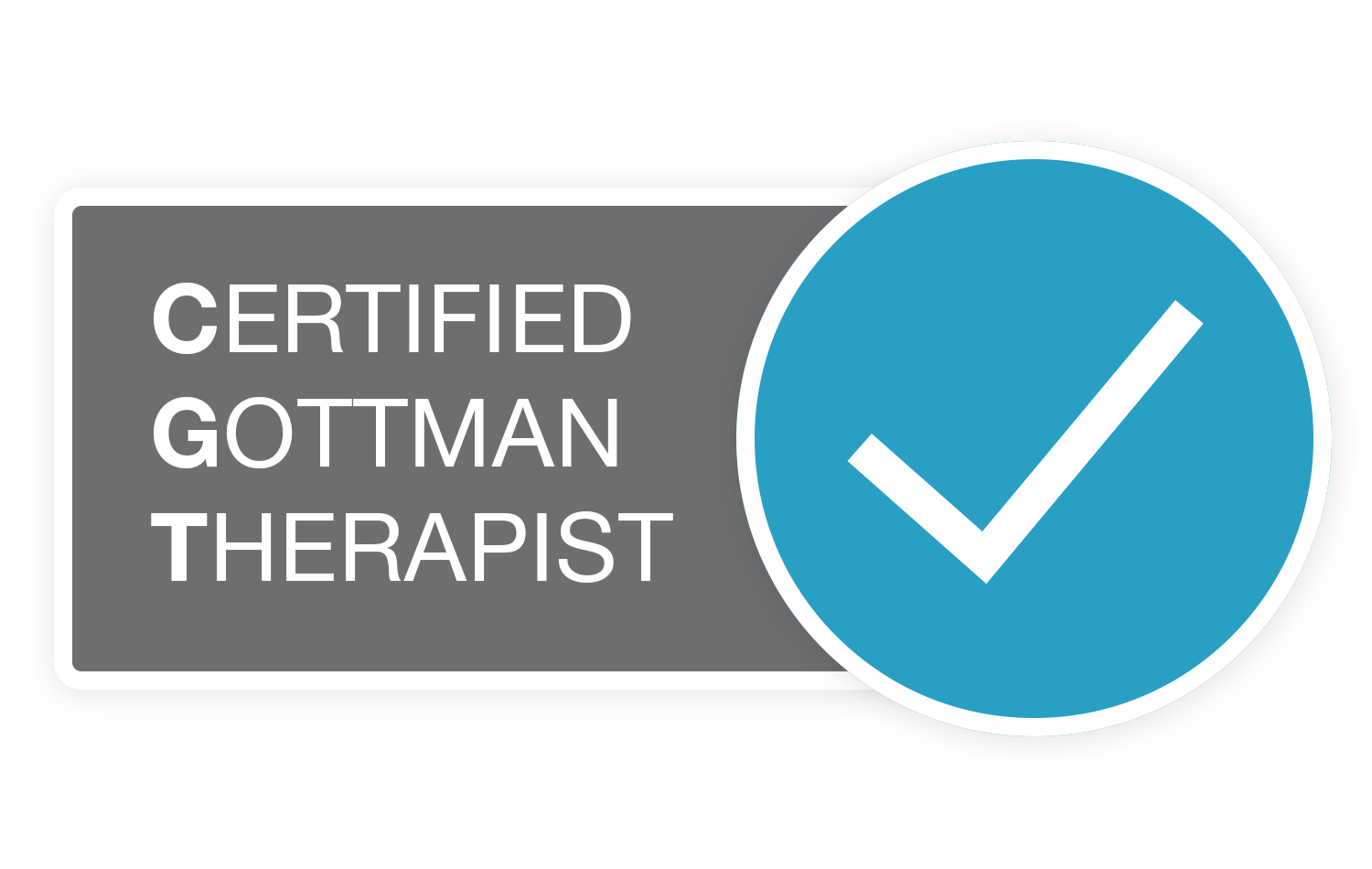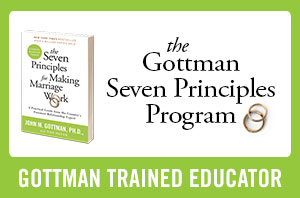
In many ways, the development of social media platforms has benefitted humanity. After all, social media has made it easier for people to pursue their interests, connect with others regardless of distance, and have a voice that shares news and information with audiences. Unfortunately, not everyone uses social media responsibly, and because information is so easy to access, certain individuals or groups find it incredibly easy to practice intentional manipulation.
Let’s take a look at gaslighting in social media and how you can take steps to protect yourself from it.
Gaslighting and Social Media
 Gaslighting is a term that refers to manipulative and intentional behaviors that one person or group enacts against another. When someone gaslights, they do everything in their power to make their victim feel confused, unstable, or uncredible. To make another person question their perception of reality, a gaslighter may either blatantly lie or warp the way events occurred to fit their own narrative.
Gaslighting is a term that refers to manipulative and intentional behaviors that one person or group enacts against another. When someone gaslights, they do everything in their power to make their victim feel confused, unstable, or uncredible. To make another person question their perception of reality, a gaslighter may either blatantly lie or warp the way events occurred to fit their own narrative.
Because everyone has a voice on social media, it’s incredibly easy to spread misinformation. In addition to the ease of reach a gaslighter might have, the veil of anonymity that social media provides can make gaslighters act more boldly than they may in day-to-day life.
Manipulating audiences or situations can be rather commonplace on social media, so it’s important to be aware of what gaslighting attempts may look like.
Examples of Gaslighting in Social Media
Gaslighting in social media can take many forms and may be perpetrated by ordinary individuals, celebrities, or even businesses. Examples of this may include:
- One individual making accusations against another (via posts or comments) without providing any evidence
- An individual or group reporting “news” that consists of opinions claiming to be facts
- An individual or group attempting to sway the public’s perception of a person or event through misrepresentation
- A company or influencer making untrue or unverifiable claims about a product or service
How to Identify Online Manipulation
Sometimes, it’s easy to spot gaslighting on social media, but unfortunately, these manipulation tactics are not always straightforward. It can be especially hard to notice gaslighting from those we already trust online, but with these behaviors, clues do emerge.
For example, if you come across a post on social media that makes claims you can’t cross-reference with factual evidence, be cautious. While something being hard to verify doesn’t always make it untrue, it’s wise to reserve your conclusions until you have the information you need. “Just trust me,” doesn’t count as evidence.
It’s especially difficult to trust information like this when clear biases are present in the content, or the individual very clearly has something to gain by spreading baseless information.
In addition, if a person or group posts claims that are vague, contradictory, or constantly changing, a gaslighting attempt may be in the works.
What to Do if You Spot Gaslighting
If you come across content on social media and it seems manipulative, or at the very least questionable, take a few key steps to protect yourself and others.
- Avoid sharing posts that you can’t verify
- Look for sources and evidence of claims made
- Report false, violent, or dangerous content
- Block accounts and don’t communicate with gaslighters
- Trust your instincts, as when something doesn’t seem right, it usually isn’t
Connecting via social media can be a wonderful experience, but it’s important to keep in mind that people can use the internet to manipulate others. Take steps to maintain your mindfulness when you navigate online spaces, and do what you can to find the truth before you believe what you’re seeing.
If you’re struggling when it comes to your relationship with social media and you believe therapy would be beneficial, feel free to reach out to DK Therapy. Schedule an appointment with one of our experienced counselors today.




